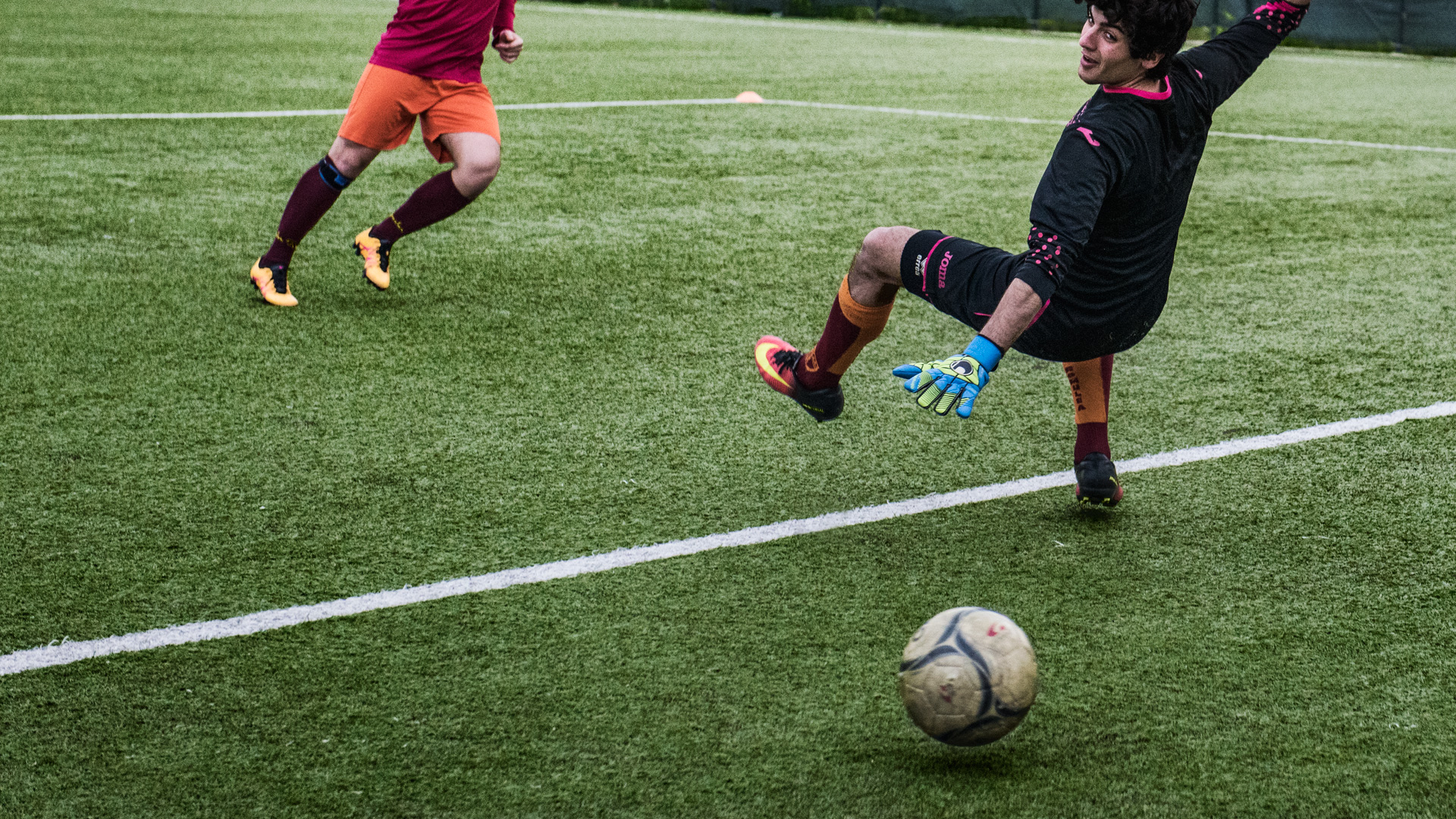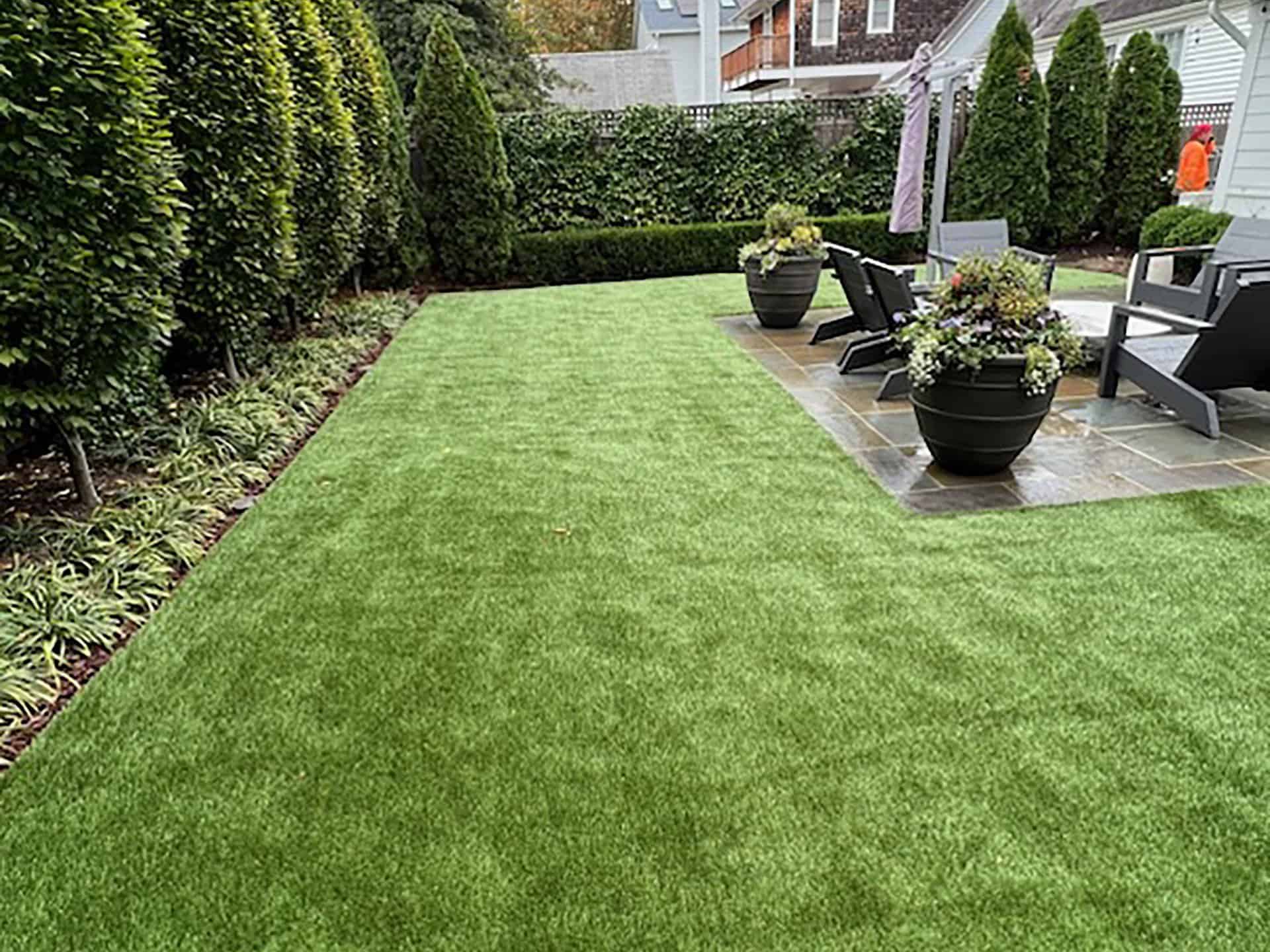Dependable Artificial Turf Companies Phoenix for a Beautiful and Green Lawn
Dependable Artificial Turf Companies Phoenix for a Beautiful and Green Lawn
Blog Article
Delve Into the Environmental Advantages of Opting for Artificial Grass Solutions
The fostering of man-made grass services presents an engaging possibility to address pushing ecological obstacles. By considerably decreasing water use and decreasing the application of unsafe chemicals, these choices not just promote lasting landscape design yet also shield local ecological communities.
Water Conservation Advantages
One of the most considerable advantages of man-made grass is its ability to preserve water. In contrast, man-made turf does not need watering, substantially lowering the general need for water resources.
By getting rid of the demand for normal watering, synthetic grass adds to sustainable landscape methods and helps reduce the ecological impact of excessive water consumption. Additionally, the preservation of water encompasses the decrease of runoff, which can lead to soil disintegration and river contamination.
Furthermore, the installment of synthetic grass allows communities and property owners to designate water resources much more effectively, concentrating on important uses such as drinking water and agriculture. The change towards synthetic grass not only promotes responsible water usage but additionally aligns with broader ecological goals focused on protecting natural sources.
As communities significantly focus on sustainability, the water preservation benefits of fabricated lawn offer a compelling case for its adoption in business and property landscape design projects.
Minimized Chemical Usage
The shift to synthetic grass considerably reduces the dependence on chemical treatments frequently utilized in all-natural yard maintenance. Conventional lawn administration commonly entails the application of herbicides, fertilizers, and pesticides to promote growth and control insects. These chemicals can posture dangers to human health, regional wildlife, and the environment, contributing to dirt and water contamination.
On the other hand, man-made grass removes the demand for these dangerous materials. As soon as set up, it needs very little upkeep, primarily containing regular cleansing and seldom infill replenishment. This decrease in chemical usage not just profits the instant setting yet additionally adds to broader eco-friendly stability. By minimizing the launch of artificial substances into the ecosystem, synthetic grass promotes healthier dirt and water systems.
In addition, the absence of chemical drainage associated with man-made lawn setups aids shield local rivers from pollution, supporting water life and preserving biodiversity. Turf installation phoenix az. As communities significantly prioritize lasting methods, opting for fabricated grass presents a feasible solution that straightens with environmental conservation goals. Through this shift, home proprietors can enjoy lavish environment-friendly rooms without endangering ecological wellness, leading the method for an extra sustainable future
Reduced Carbon Footprint

Furthermore, the installation of man-made grass can cause substantial water preservation. Natural lawns need considerable amounts of water for irrigation, which not just includes in the carbon impact related to water removal and treatment but likewise strains local water resources. On the other hand, artificial you could look here turf needs minimal upkeep, needing no watering, thereby significantly decreasing water use and its connected energy expenses.
In addition, the longevity of artificial turf adds to its decreased carbon effect. With a life expectancy of up to 15 years or more, the requirement for frequent replacements is lessened, resulting in less waste and reduced power intake in manufacturing and getting rid of typical yard alternatives. Overall, synthetic grass offers a lasting choice for eco conscious landscaping.
Environment Preservation
Environment conservation is a critical consideration in the dispute over landscape design choices, specifically when contrasting synthetic grass to all-natural grass. Natural lawn lawns often need comprehensive maintenance, including using plant foods, herbicides, and chemicals, which can detrimentally influence neighborhood communities. These chemicals can seep right into the dirt and waterways, damaging indigenous vegetation and animals and interrupting local habitats.
On the other hand, artificial lawn presents an opportunity to reduce the eco-friendly footprint of landscape design. By opting for artificial turf, home owners can decrease the disturbance of all-natural environments connected with traditional lawn care techniques. Man-made lawn removes the demand for harmful chemicals, therefore securing neighboring wild animals and preserving the honesty of surrounding environments. In addition, the installment of fabricated grass can lead to the conversion of former grass locations into even more biodiverse landscapes, such as pollinator yards or indigenous plant locations, which can sustain regional wild animals.
Ultimately, the change to synthetic grass not just conserves water and minimizes maintenance initiatives yet also cultivates a more unified connection between human tasks and the natural surroundings, advertising environment conservation at the same time.
Long-Term Sustainability
Long-term sustainability is a critical consider our website examining the benefits of fabricated lawn over typical yard lawns. Among one of the most substantial benefits of man-made lawn is its toughness; it can last up to 15-20 years with minimal upkeep, whereas all-natural lawn requires frequent reseeding and replacement. This longevity decreases the requirement for consistent resources, such as water, fertilizers, and pesticides, which are necessary for maintaining a healthy turf yard.
Furthermore, synthetic grass adds to a decrease in carbon discharges related to lawn treatment devices. Traditional grass usually call for gas-powered lawn mowers, trimmers, and blowers, every one of which contribute to air pollution. Turf installation phoenix az. On the other hand, fabricated lawn eliminates the demand for such devices, advertising a cleaner environment
In addition, the manufacturing of synthetic grass progressively makes use of recycled products, improving its sustainability account. As manufacturers take on eco-friendly practices, the ecological footprint of fabricated lawn continues to decrease.

Verdict
The fostering of synthetic grass options offers significant environmental benefits, consisting of considerable water preservation, reduced reliance on harmful chemicals, and a lower carbon footprint. Moreover, synthetic grass help in preserving natural habitats by decreasing land disturbance and promoting lasting sustainability with using long lasting products. Collectively, these factors emphasize the capacity of synthetic grass to add positively to ecological health and offer a sensible option to traditional landscape design practices in a significantly resource-conscious globe.
In comparison, synthetic lawn does not need watering, dramatically minimizing the general need for water sources. By minimizing the release of synthetic substances right into the environment, artificial lawn advertises healthier soil and water systems.
Furthermore, the installment of man-made grass can result in considerable water conservation. In contrast, synthetic grass needs marginal upkeep, calling for no watering, therefore significantly minimizing water use and its connected power expenses.

Report this page